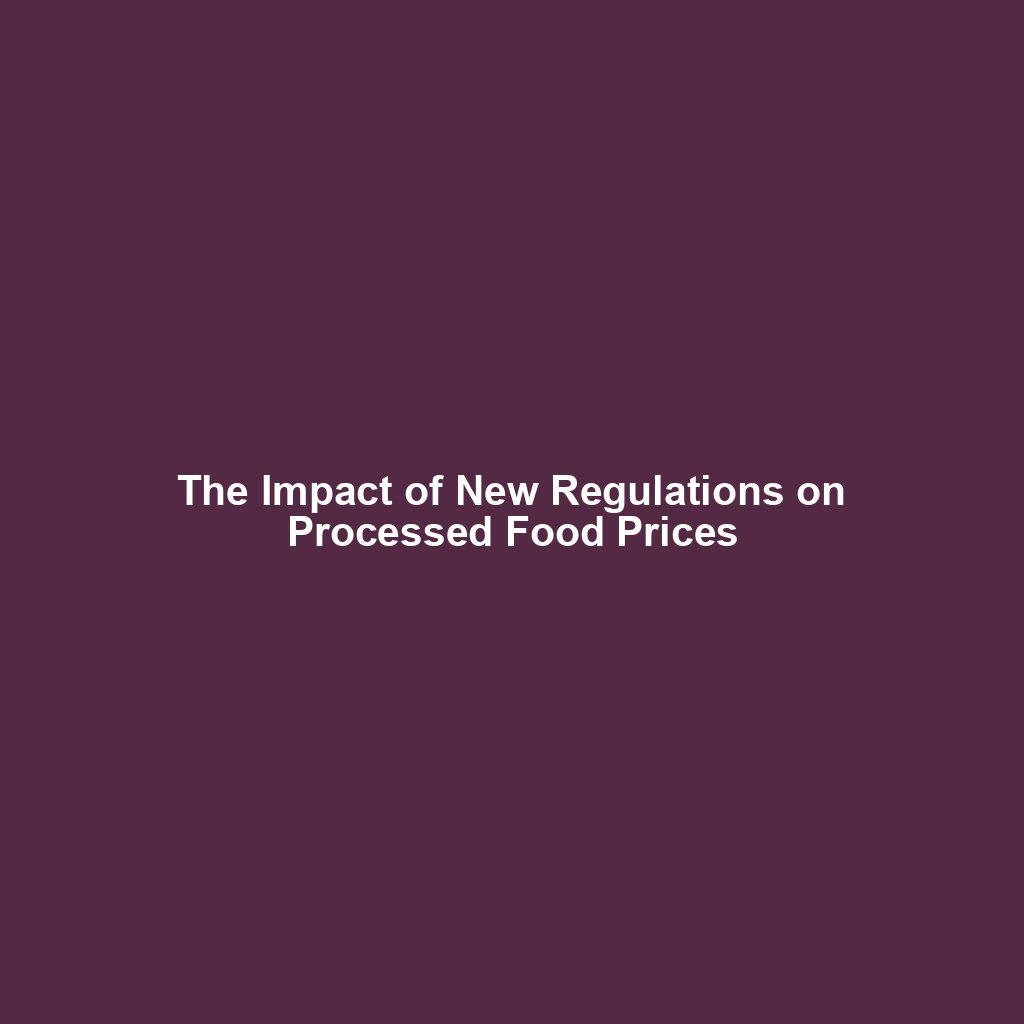
Introduction
Agriculture and agricultural price analysis are critical components of the global economy, influencing everything from food security to international trade. Understanding the dynamics of agricultural markets and the factors that affect prices is essential for policymakers, farmers, and consumers alike. This article delves into the intricacies of agriculture and agricultural price analysis, exploring the various elements that contribute to price fluctuations and the methodologies used to analyze these changes.
Chapter 1: The Fundamentals of Agriculture
The Role of Agriculture in the Global Economy
Agriculture is the backbone of many economies, particularly in developing countries where it often accounts for a significant portion of GDP and employment. It provides the raw materials for food production, textiles, and other essential goods. The agricultural sector is also a major player in international trade, with countries exporting and importing various agricultural products to meet their domestic needs and capitalize on comparative advantages.
Types of Agricultural Systems
Agricultural systems can be broadly categorized into subsistence and commercial farming. Subsistence farming is primarily aimed at producing enough food to meet the needs of the farmer’s family, with little or no surplus for sale. In contrast, commercial farming focuses on producing crops and livestock for sale in local, national, or international markets. These systems can further be divided into various types, such as arable farming, pastoral farming, mixed farming, and specialized farming, each with its own set of practices and challenges.
Factors Influencing Agricultural Production
Several factors influence agricultural production, including climate, soil quality, water availability, and technological advancements. Climate plays a crucial role in determining the types of crops that can be grown in a particular region and the timing of planting and harvesting. Soil quality affects the fertility and productivity of the land, while water availability is essential for irrigation and livestock. Technological advancements, such as improved seed varieties, fertilizers, and machinery, can significantly enhance agricultural productivity and efficiency.
Chapter 2: Agricultural Price Analysis
Understanding Price Fluctuations
Agricultural prices are subject to fluctuations due to a variety of factors, including supply and demand dynamics, weather conditions, government policies, and global market trends. Supply and demand are the primary drivers of price changes, with prices rising when demand exceeds supply and falling when supply exceeds demand. Weather conditions, such as droughts, floods, and storms, can disrupt agricultural production and lead to price volatility. Government policies, such as subsidies, tariffs, and trade restrictions, can also impact prices by influencing production costs and market access.
Methods of Price Analysis
Several methods are used to analyze agricultural prices, including time series analysis, econometric modeling, and market integration analysis. Time series analysis involves examining historical price data to identify trends, patterns, and seasonal variations. Econometric modeling uses statistical techniques to quantify the relationships between prices and various explanatory variables, such as production levels, input costs, and policy changes. Market integration analysis assesses the degree to which prices in different markets move together, indicating the level of market connectivity and efficiency.
Case Studies in Agricultural Price Analysis
Case studies provide valuable insights into the practical application of agricultural price analysis. For example, the analysis of rice prices in Southeast Asia can reveal the impact of weather patterns, government interventions, and international trade on price movements. Similarly, the study of coffee prices in Latin America can highlight the effects of supply chain disruptions, currency fluctuations, and market speculation. These case studies help to illustrate the complexities of agricultural price analysis and the importance of considering multiple factors in understanding price dynamics.
Conclusion
Agriculture and agricultural price analysis are essential for ensuring food security, economic stability, and sustainable development. By understanding the factors that influence agricultural production and prices, stakeholders can make informed decisions to enhance productivity, manage risks, and promote market efficiency. As the global population continues to grow and climate change poses new challenges, the importance of agricultural price analysis will only increase, making it a vital tool for policymakers, farmers, and consumers alike.



